Phytoplankton
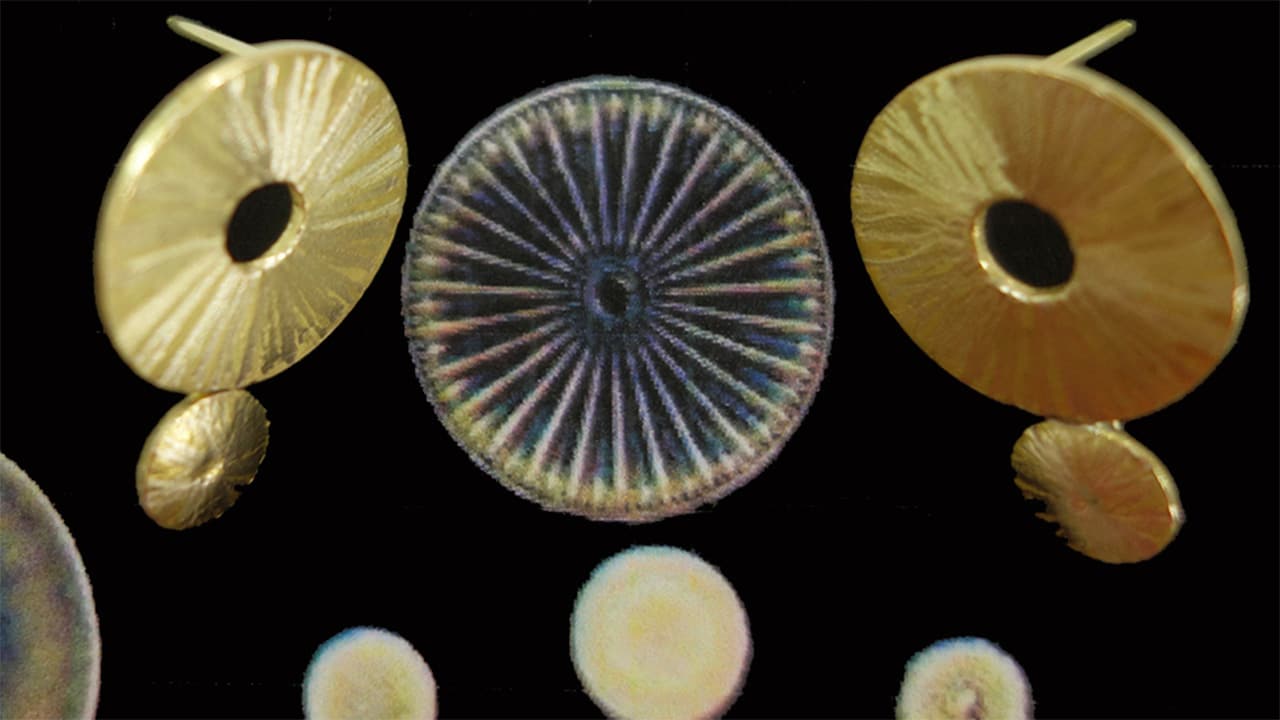
Diatoms are one of several major types of marine phytoplankton. These microorganisms that live near the ocean surface and convert carbon dioxide into organic carbon via photosynthesis. They produce much of the oxygen we breathe and are the base of the marine food chain. They also play an important role in drawing heat-trapping carbon dioxide from the atmosphere into the ocean. (Woods Hole Oceanographic Institution)
What are Phytoplankton?
Phytoplankton are mostly microscopic, single-celled photosynthetic organisms that live suspended in water. Like land plants, they take up carbon dioxide, make carbohydrates using light energy, and release oxygen. They are what is known as primary producers of the ocean—the organisms that form the base of the food chain.
Because they need light, phytoplankton live near the surface, where enough sunlight can penetrate to power photosynthesis. The thickness of this layer of the ocean—the euphotic zone—varies depending on water clarity, but is at most limited to the top 200 to 300 meters (600 to 900 feet), out of an average ocean depth of 4,000 meters (13,000 feet).
Phytoplankton comprise two very different kinds of organisms. The larger category include, single-celled algae known as protists—advanced eukaryotic cells, similar to protozoans. These forms include diatoms and are most abundant near coasts. Occasionally, these organisms form blooms—rapid population explosions—in response to changing seasons and the availability of nutrients such as nitrogen, iron, and phosphorus.
The other type of phytoplankton cells, more primitive but far more abundant than algae, is photosynthetic bacteria. These tiny cells, some only a micron across, are invisible but present in numbers of hundreds of thousands of cells per tablespoon of ocean water. Too small to be caught in any net, these organisms were unknown until the 1970s, when improved technology made them visible. Scientists now know these bacteria are responsible for half of the ocean's primary productivity and are the most abundant organisms in the sea. The group also includes cyanobacteria, which are believed to be among the oldest organisms on Earth and the origin of the photosynthetic organelles in plant cells known as chloroplasts.
Why are they important?
Phytoplankton are some of Earth's most critical organisms and so it is vital study and understand them. They generate about half the atmosphere's oxygen, as much per year as all land plants. Phytoplankton also form the base of virtually every ocean food web. In short, they make most other ocean life possible.
Through photosynthesis these organisms transform inorganic carbon in the atmosphere and in seawater into organic compounds, making them an essential part of Earth's carbon cycle. Because they take up carbon dioxide from the atmosphere, when they die they sink they carry this atmospheric carbon to the deep sea, making phytoplankton an important actor in the climate system. Phytoplankton growth is often limited by the scarcity of iron in the ocean. As a result, many people are discussing plans to fertilize large areas of the ocean with iron to promote phytoplankton blooms that would transfer more carbon from the atmosphere to the deep sea.
Phytoplankton are critical to other ocean biogeochemical cycles, as well. They take up, transform, and recycle elements needed by other organisms, and help cycle elements between species in the ocean. Photosynthetic bacteria are especially important in the nutrient-poor open ocean, where they scavenge and release scarce vitamins and other micronutrients that help sustain other marine life.
Some phytoplankton have a direct impact humans and other animals. Dense blooms of some organisms can deplete oxygen in coastal waters, causing fish and shellfish to suffocate. Other species produce toxins that cause can cause illness or death among humans and even whales that are either exposed to the toxins or eat shellfish that accumulate toxins. Such harmful algal blooms (HABs) cause significant economic loss every year in the seafood industry and in tourist communities, and scientists are working to understand the causes of these blooms and to devise ways to predict and prevent them.
News & Insights
Specialized camera system gives unprecedented view of ocean life
With still so much to learn about the planktonic creatures that support the marine food web, scientists with the Northeast U.S. Shelf Long-Term Ecological Research (NES-LTER) project have developed the In-situ Ichthyoplankton Imaging System (ISIIS) to take better images of these microscopic organisms in their natural environment
News Releases
Study Clearly Identifies Nutrients as a Driver of the Great Atlantic Sargassum Belt
Natural Wax Holds Promise to Replace Petroleum in Cosmetics and Personal Care Products
The Great Atlantic Sargassum Belt
New study uncovers unprecedented declines in iconic kelp forests along Monterey Peninsula, with glimmers of hope in Oregon and Mexico
[ ALL ]
WHOI in the News
NASA’s new PACE observatory searches for clues to humanity’s future
A new satellite could help scientists unravel some of Earth’s mysteries. Here’s how
Falmouth is losing eelgrass. An expert explains why that matters
[ ALL ]
From Oceanus Magazine
Are warming Alaskan Arctic waters a new toxic algal hotspot?
WHOI researchers warn Arctic communities following detection of a harmful bloom
An ocean of opportunity
Ocean experts explore the potential risks and rewards of ocean-based solutions to climate change
Five marine living fossils you should know about
After living for millions of years, these species may have mastered evolution in our ocean
A dragnet for toxic algae?
To keep a close eye on harmful algal blooms, shellfish farmers are relying on a WHOI-developed camera system that spies on toxic species below the surface and sends alerts when they’re present.
The Living Breathing Ocean
Rainforests have been dubbed the Earth’s lung, but like us, our planet has two lungs. The second one is the ocean.


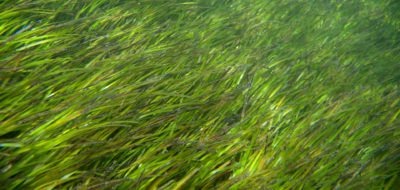
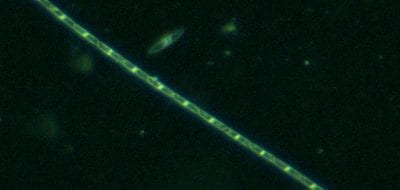
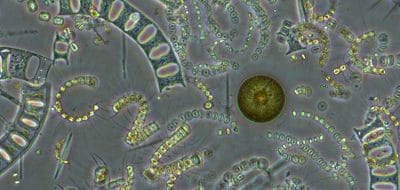
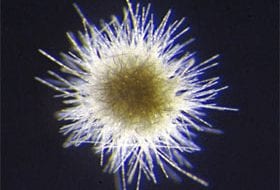

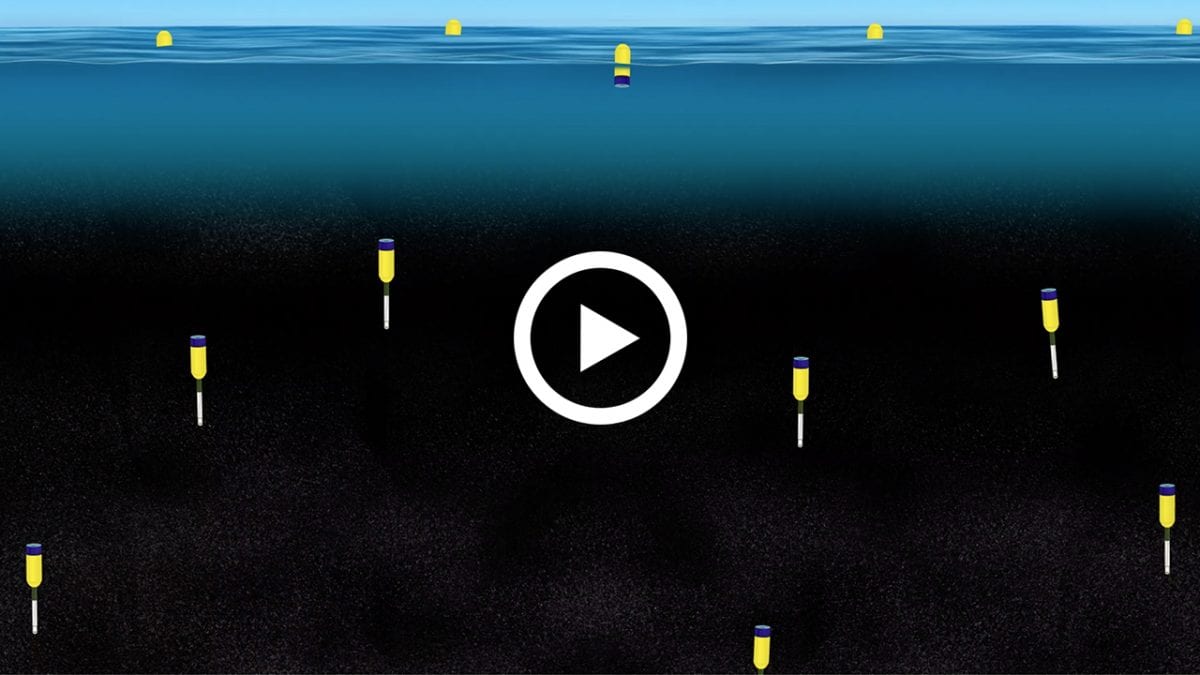
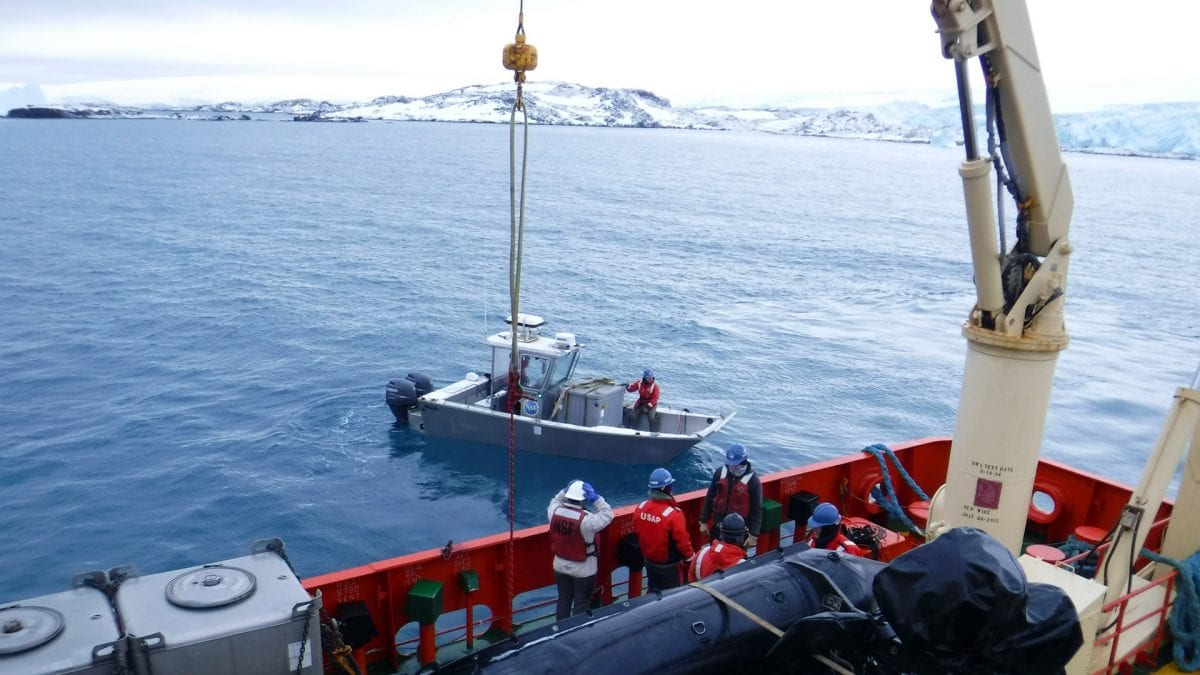
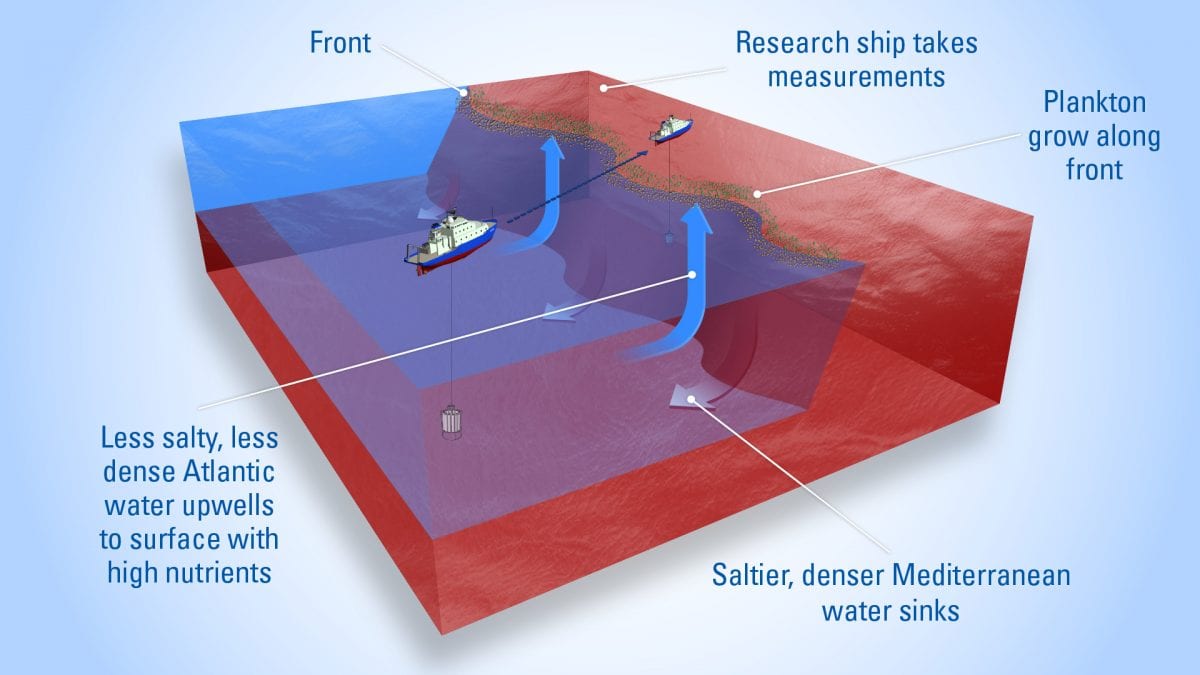
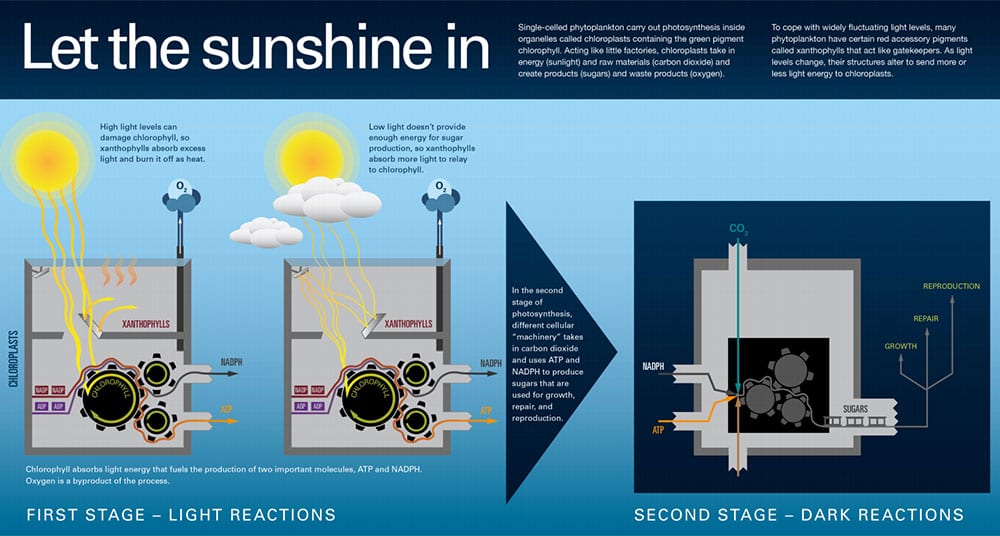


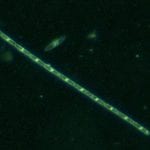 Algae
Algae 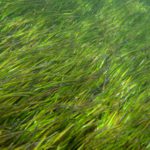 Seagrass Meadows
Seagrass Meadows